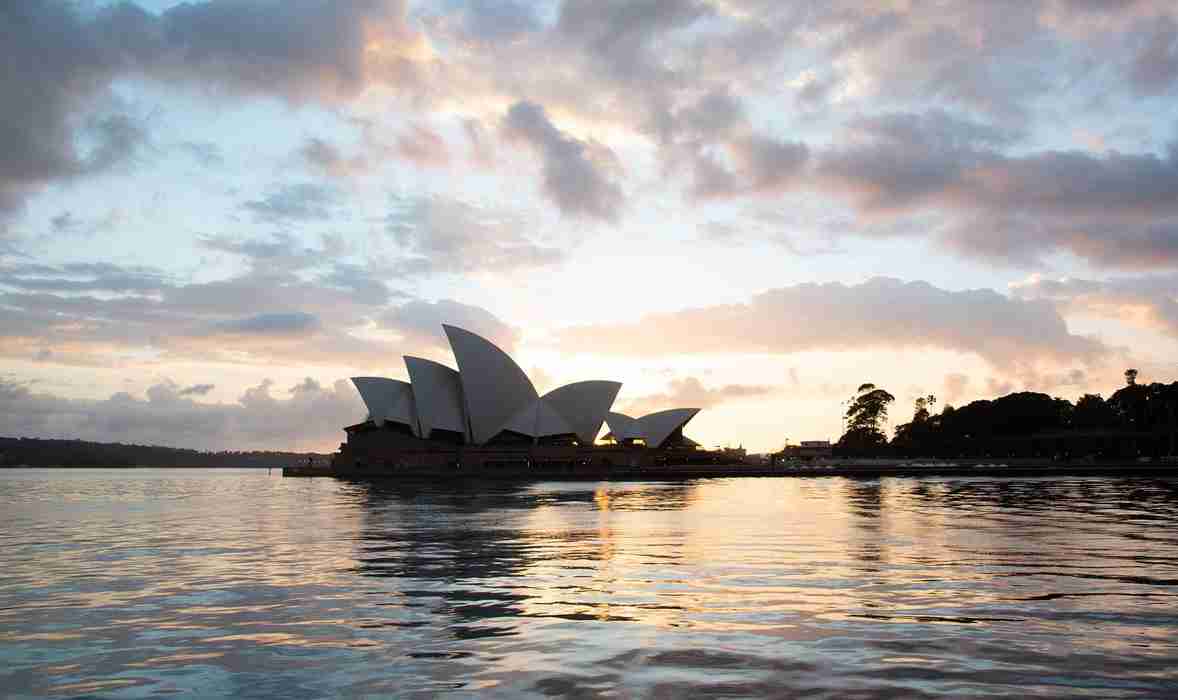Free Photo Hdr For Mac
Read this article in Introduction Imagine that you are inside a large Gothic cathedral, and the sunlight is streaming in from the windows on to a beautiful painting. You pull out your digital camera and take a photograph of the beautiful artwork on the church wall near one of the windows. You need not have bothered.
Your digital photograph will be a flop. Either the painting will be dark and barely visible, or the window will appear as a glaring and dominant white area that is hardly recognizable as a window. The problem is not your camera. The problem is that the dynamic range of the scene exceeds what the camera is able to capture. Since the birth of photography, photographers have attempted to increase the dynamic range that a photograph captures to recreate how our eyes see.
A camera is able to capture a dynamic range of about 1:1,024 where the human eye is capable of seeing somewhere around 1:65,500. In the days of film, bridging this gap occurred in the darkroom. Today it occurs in the computer using a very nice program called HDR or High Dynamic Range. There is an abundance of information on the web regarding HDR photography, so I will only cover the basics here.

Free Photos Hdr For Mac
The photographer will take several different exposures of the same scene encompassing the gamut of range in the exposures. You would have an exposure for the brightest area of the photograph and several exposures—at least 1 F-stop apart—bridging the gap until you have an exposure for the darkest area of the photograph.
The HDR program then takes this range and reduces it down to a usable, reproducible range. You can understand that compressing that much information doesn't always yield the best results the first rattle out of the box. HDR is often mistaken for micro-contrast. Micro-contrast is different process where the details of the image are enhanced by increasing the contrast in small lines next to each other.

Many HDR programs include micro-contrast just to make things look different and cool. You can create and HDR image without introducing micro-contrast and you can introduce micro-contrast without using HDR. For this purpose, we are talking about HDR only and my goal was to reduce a wide gamut to a usable one. Some quick tips for your HDR photographs Use a tripod. The images must align properly before they can be blended and if you hand-hold your camera, the software may be unable to align them correctly creating some odd ghosting in your image. I would recommend using a cable or remote release as well.

Use manual exposure or a 'bracketing mode' on your camera to get your exposures. Separate your exposures by at least one f-stop. I personally separate my images by 1.5 f-stops. If you need more information, there is a lot of it out there. show-hide toggle See Also: Rated Products The difficulty I encountered while reviewing these programs was not knowing what the skill level of the reader would be.
Novices at photography and those that do not want to spend a lot of time on their computers will prefer a different program than someone who is highly skilled at computer usage and picky about their photography. In my review, I have attempted to illuminate the assets and liabilities of each program to help you decide what is best for you at your level.